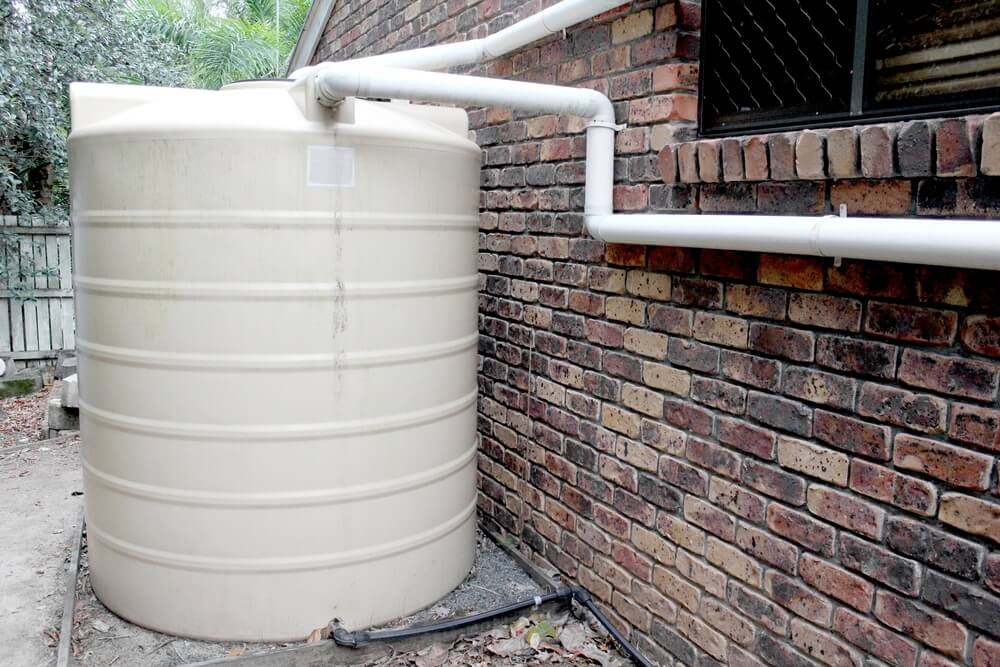With climate change posing increasing challenges to our water supply and the global push towards sustainability, more homeowners are considering water tanks as a viable solution. A water tank not only offers an alternative source of water but also aids in reducing water bills. But how do you choose the right water tank for your home? Let’s dive into the ultimate guide.
1. Determine Your Purpose
The first step is to determine why you need a water tank. Some common purposes include:
- Rainwater harvesting for garden use.
- An alternative household water supply.
- Stormwater detention.
- Water for fire emergencies.
Each purpose might require a different type of tank, so it’s crucial to establish your primary need.
2. Assess Your Space
The available space in your property plays a vital role in determining the size and shape of the tank. If you have limited space, slimline tanks or underground tanks might be more suitable. On the other hand, if you have a sprawling garden, you might opt for a larger, round tank.
3. Material Matters
Water tanks come in various materials, including:
- Polyethylene/Plastic: These are lightweight, UV-resistant, and come in various colors and sizes.
- Stainless Steel: Known for its durability and longevity, it’s a preferred choice for those wanting a sturdy tank without compromising aesthetics.
- Concrete: Often used for underground storage, concrete tanks have excellent insulation properties and are long-lasting.
- Fiberglass: It offers a balance between durability and weight, and is corrosion-resistant.
Each material has its pros and cons, so consider factors like your region’s climate, aesthetic preferences, and budget.
4. Understand the Capacity Requirements
The size of your tank should be directly proportional to your water usage and the rainfall in your area. For instance, if you live in a region with low rainfall, a larger tank will ensure sufficient water storage. Conversely, in high rainfall areas, even a smaller tank could suffice for garden watering. Use online tools or consult with local suppliers to gauge the ideal tank size based on your household’s daily water consumption.
5. Consider Water Quality
Especially if you intend to use the stored water as a potable source, the water quality is paramount. Look for tanks that come with first-flush diverters, leaf strainers, and other filtration systems. These components ensure that the water entering your tank is free from larger contaminants.
6. Factor in Aesthetics
While functionality is key, aesthetics also matter, especially if the tank will be visible. Modern tanks come in a variety of colors, designs, and finishes. Choose one that complements your home’s exterior.
7. Check for Warranty and Certification
It’s essential to ensure that your chosen water tank meets the necessary quality standards and comes with a decent warranty. A good warranty is often an indicator of the tank’s quality and the manufacturer’s confidence in their product.
8. Maintenance and Installation
Some tanks require more maintenance than others. While all tanks will need occasional cleaning, certain materials might demand more regular checks. Additionally, consider the installation process. Some tanks might require professional installation, adding to the overall cost.
9. Cost Implications
While it might be tempting to opt for the cheapest option, remember that a water tank is a long-term investment. Consider not just the initial cost, but also long-term maintenance costs and durability.
10. Local Regulations and Rebates
Before making a purchase, check local regulations concerning water tank installations. Some regions might have restrictions on size, placement, or even color. Additionally, some local councils offer rebates for installing water tanks, which can help offset the initial cost.
Conclusion
Choosing the right water tank for your home is not just about size and price. It involves a comprehensive understanding of your needs, local conditions, and the various products available in the market. By considering the factors above, you can ensure that you invest in a tank that serves you efficiently for years to come.

